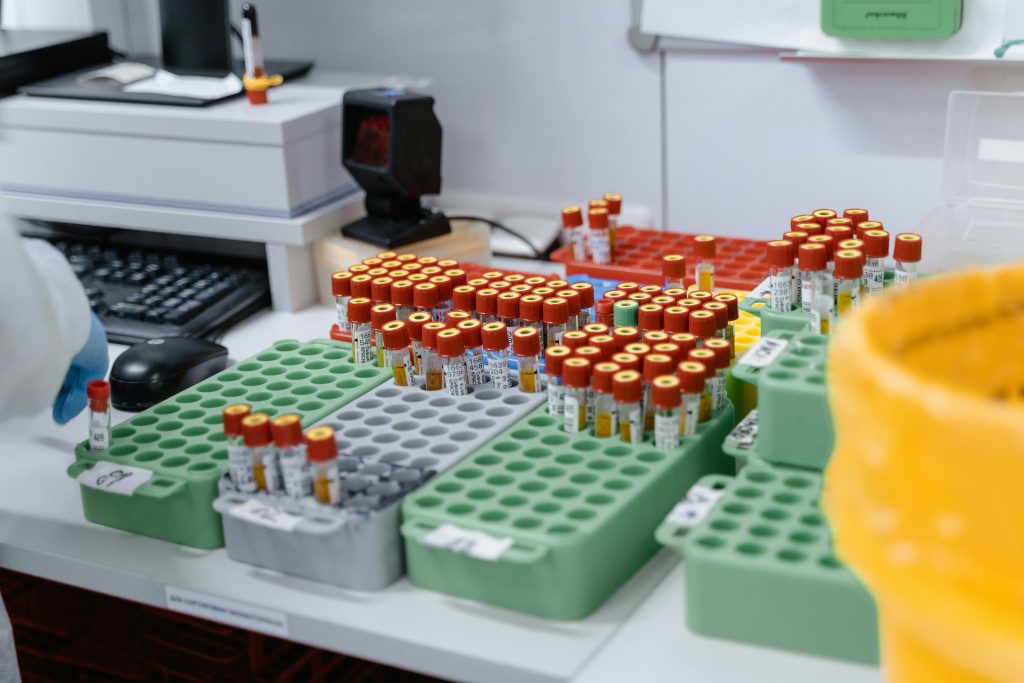A Mid-Term Ally, Not a Long-Term Weight Loss Solution
The global struggle with obesity continues to drive innovation in weight management strategies. Among the less invasive options available, the gastric balloon has emerged as a popular tool to kickstart weight loss. This temporary device, inserted endoscopically into the stomach and inflated, occupies space, promoting earlier satiety and reducing food intake. While often touted for its relative simplicity compared to bariatric surgery, a critical question lingers: How effective is the gastric balloon in long-term weight loss management?
As an expert in the field of weight management, I want to delve into the nuances of the gastric balloon, exploring its mechanisms, short-term efficacy, and, most importantly, its role – or lack thereof – in achieving sustained weight loss.

Understanding the Gastric Balloon: A Temporary Intervention
The material of the gastric balloon is a soft, durable silicone material, and the doctor inserts it into the stomach via an endoscope, a flexible tube with a camera. This procedure avoids the need for surgical incisions, making it appealing to individuals seeking a less invasive approach. Once in the stomach, they fill the balloon with saline or air, occupying a significant portion of the gastric volume.
The primary mechanisms through which a gastric balloon facilitates weight loss include:
- Reduced Gastric Capacity: The presence of the balloon physically limits the amount of food the stomach can comfortably hold. This leads to feelings of fullness with smaller portions.
- Delayed Gastric Emptying: The balloon can slow down the rate at which food leaves the stomach, prolonging the sensation of satiety and reducing the urge to eat more frequently.
- Hormonal Influences: While we still research the exact mechanisms, the balloon may influence the release of hunger and satiety hormones, further contributing to reduced appetite.
Gastric balloons are typically for temporary use, with most devices approved for a maximum of 6 to 12 months. This limited duration is primarily due to the risk of balloon degradation, migration, or gastric intolerance over longer periods. Following the removal of the balloon, patients transition to a maintenance phase, relying on lifestyle modifications to sustain their weight loss.

The Initial Success: Significant Short-Term Weight Loss
Numerous studies have demonstrated the efficacy of gastric balloons in achieving significant weight loss during the period of balloon placement. On average, individuals with a gastric balloon can expect to lose 10-15% of their total body weight within the 6-12 month treatment window. This weight loss can lead to improvements in various obesity-related comorbidities, such as:
- Type 2 Diabetes: Improved blood sugar control and potentially reduced medication dependence.
- Hypertension: Lowered blood pressure levels.
- Dyslipidemia: Improved cholesterol and triglyceride profiles.
- Obstructive Sleep Apnea: Reduced severity of breathing disturbances during sleep.
- Non-Alcoholic Fatty Liver Disease (NAFLD): Potential for liver fat reduction.
The initial success of the gastric balloon can be highly motivating for patients, providing a tangible result that encourages adherence to dietary and exercise recommendations during the treatment period.

The Long-Term Challenge: Maintaining Weight Loss After Balloon Removal
While the short-term outcomes of gastric balloon treatment are encouraging, the crucial question remains: can this weight loss be sustained in the long term? This is where the limitations of the gastric balloon as a standalone solution become apparent.
Several factors contribute to the challenge of long-term weight loss maintenance following gastric balloon removal:
- Lack of Permanent Physiological Change: Unlike bariatric surgeries that alter the anatomy and physiology of the digestive system, the gastric balloon is a temporary mechanical aid. Once removed, the stomach returns to its original capacity and function.
- Reliance on Behavioral Changes: The sustained success of any weight loss intervention, including the gastric balloon, hinges on the adoption and maintenance of healthy lifestyle habits – consistent dietary changes, regular physical activity, and behavioral modifications to address eating patterns and triggers. The balloon acts as a facilitator for these changes during its presence, but the responsibility for their continuation lies entirely with the individual after removal.
- Potential for Weight Regain: Without ongoing support and adherence to lifestyle modifications, a significant proportion of individuals who initially lose weight with a gastric balloon will experience weight regain over time. Studies have shown varying degrees of weight regain, with some individuals returning to their baseline weight or even exceeding it within a few years post-removal.
- Limited Impact on Underlying Metabolic Factors: While the balloon can improve metabolic parameters indirectly through weight loss, it does not fundamentally alter underlying metabolic dysfunctions that contribute to obesity in many individuals.

The Importance of a Comprehensive Approach: Beyond the Balloon
The key takeaway is that the gastric balloon is not a standalone, long-term solution for weight loss. Its efficacy in the long run is heavily dependent on its integration within a comprehensive weight management program that includes:
- Intensive Lifestyle Intervention: This involves structured dietary counseling, personalized exercise plans, and behavioral therapy provided by a multidisciplinary team of healthcare professionals, including dietitians, exercise physiologists, and psychologists or therapists. This support should ideally commence before balloon insertion, continue during the treatment period, and extend well beyond balloon removal.
- Patient Education and Empowerment: Individuals need to understand the temporary nature of the balloon and the critical role they play in achieving and maintaining weight loss through sustainable lifestyle changes. Education on nutrition, portion control, mindful eating, and strategies for managing emotional eating is essential.
- Ongoing Support and Follow-Up: Regular follow-up appointments with the weight management team after balloon removal are crucial for monitoring progress, addressing challenges, and providing ongoing support and motivation. This may involve individual counseling, support groups, or digital health tools.
- Consideration of Adjunctive Therapies: In some cases, pharmacotherapy or other weight loss interventions may be considered as part of a long-term management strategy, particularly for individuals who experience significant weight regain despite lifestyle modifications.
- Follow this link to compare the gastric balloon with bariatric surgery: https://www.bariradka.com/category/bariatric-surgery/

Who is the Gastric Balloon Suitable For?
The gastric balloon can be a valuable tool for carefully selected individuals who:
- Have a Body Mass Index (BMI) of 30 kg/m² or higher and have been unsuccessful with diet and exercise alone.
- Are motivated to make significant lifestyle changes and understand the temporary nature of the device.
- Are willing to participate in a comprehensive weight management program that includes pre- and post-balloon support.
- May be considered too high-risk for bariatric surgery or prefer a less invasive option as a first step.
- Need to lose weight before undergoing other surgical procedures.
However, the gastric balloon is not a magic bullet and is not suitable for individuals who are unwilling to commit to lifestyle changes or who have unrealistic expectations about the long-term outcomes without active participation.

Conclusion: A Catalyst, Not a Cure
In conclusion, the gastric balloon can be an effective tool for achieving significant weight loss in the short term. It can serve as a catalyst, providing individuals with a window of opportunity to adopt healthier habits and experience the initial benefits of weight loss, which can be highly motivating. However, its efficacy in long-term weight loss management is limited without a comprehensive and sustained commitment to lifestyle modifications and ongoing support.
The gastric balloon should be a part of a broader weight management strategy, not as a standalone solution. Healthcare professionals must emphasize the importance of lifestyle changes and provide robust pre- and post-balloon support to maximize the potential for sustained weight loss and improved health outcomes. Without this holistic approach, the initial success achieved with a gastric balloon is likely to be transient, leading to disappointment and frustration for both patients and clinicians.
Ultimately, the journey to sustainable weight loss is a marathon, not a sprint. The gastric balloon can be a helpful aid along the way, but the true determinants of long-term success lie in the individual’s commitment to lifelong healthy habits and the comprehensive support system surrounding them.

